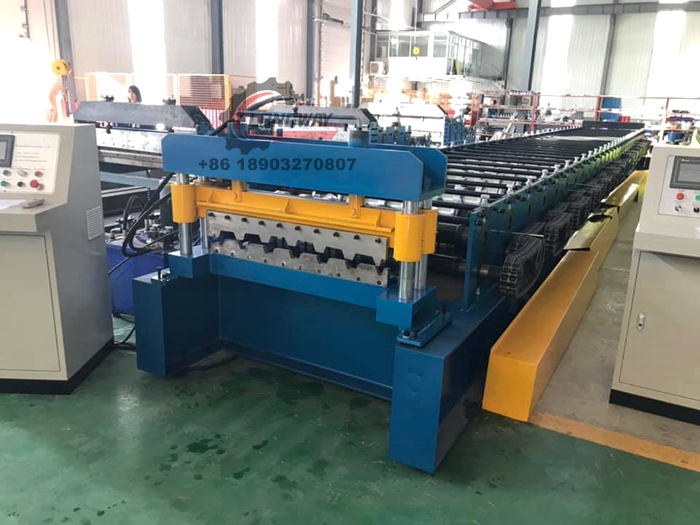Innovative Techniques for Enhancing Channel Forming Machine Performance and Efficiency in Manufacturing Processes
The Channel Forming Machine Revolutionizing Metal Processing
In the ever-evolving landscape of manufacturing, the channel forming machine has emerged as a pivotal technology in the metal processing industry. This machine is specifically designed for the efficient production of channel sections from metal sheets or coils, which are widely used in construction, automotive, and various other industries. As the demand for precision, speed, and cost-effectiveness continues to escalate, the channel forming machine stands out as an essential tool for manufacturers looking to maintain a competitive edge.
Understanding the Channel Forming Process
The channel forming process involves several critical steps that transform raw metal into usable channel shapes. Initially, large rolls of sheet metal are fed into the machine. The channel forming machine utilizes a series of rollers and dies to progressively bend and shape the metal into the desired channel configuration. This process is highly automated, allowing for consistent production rates while minimizing labor costs.
The design of the machine plays a pivotal role in determining the quality of the finished product. Advanced channel forming machines are equipped with computer numerical control (CNC) technology, allowing for precise adjustments in real-time. This precision ensures that the dimensions and tolerances of the formed channels meet or exceed industry standards, which is essential for applications where structural integrity is paramount.
Applications of Channel Forming Machines
Channel sections produced by forming machines find extensive application across various sectors. In the construction industry, they are commonly used as structural supports in buildings, bridges, and other infrastructures. The automotive industry also relies on channel sections for components in vehicle chassis and frames, where strength and durability are crucial.
Furthermore, channel sections are a staple in the production of equipment racks, shelving systems, and other storage solutions. Their versatility and robust design make them ideal for applications requiring both strength and lightweight characteristics.
channel forming machine

Advantages of Using a Channel Forming Machine
1. Efficiency One of the primary advantages of employing a channel forming machine is improved efficiency. Traditional methods of channel production, such as manual bending or welding, are significantly slower and labor-intensive. In contrast, channel forming machines can produce high volumes of channels at a rapid pace, making them suitable for large-scale manufacturing.
2. Cost-Effectiveness By streamlining the production process, businesses can reduce labor costs and material waste. The automated nature of the machines ensures consistent output, which contributes to lower production costs over time.
3. Precision and Quality The accuracy provided by modern channel forming machines ensures that each channel produced adheres to strict specifications. This precision minimizes the need for subsequent rework and enhances the overall quality of the products.
4. Flexibility Advanced channel forming machines can easily be reconfigured to produce different sizes and styles of channels, offering manufacturers the flexibility to respond to changing market demands without significant downtime.
Conclusion
As industries continue to rely more heavily on efficient and precise manufacturing processes, the channel forming machine is poised to play a vital role in meeting these demands. Its ability to produce high-quality channel sections quickly and cost-effectively positions it as an indispensable asset for manufacturers across various sectors. Embracing this technology not only streamlines production but also enhances the overall competitiveness of businesses in the global marketplace. With ongoing advancements in automation and machine learning, the future of channel forming machines looks brighter than ever, paving the way for innovations that will further revolutionize the metal processing industry.
-
Roof Panel Machines: Buying Guide, Types, and PricingNewsJul.04, 2025
-
Purlin Machines: Types, Features, and Pricing GuideNewsJul.04, 2025
-
Metal Embossing Machines: Types, Applications, and Buying GuideNewsJul.04, 2025
-
Gutter Machines: Features, Types, and Cost BreakdownNewsJul.04, 2025
-
Cut to Length Line: Overview, Equipment, and Buying GuideNewsJul.04, 2025
-
Auto Stacker: Features, Applications, and Cost BreakdownNewsJul.04, 2025
-
Top Drywall Profile Machine Models for SaleNewsJun.05, 2025








